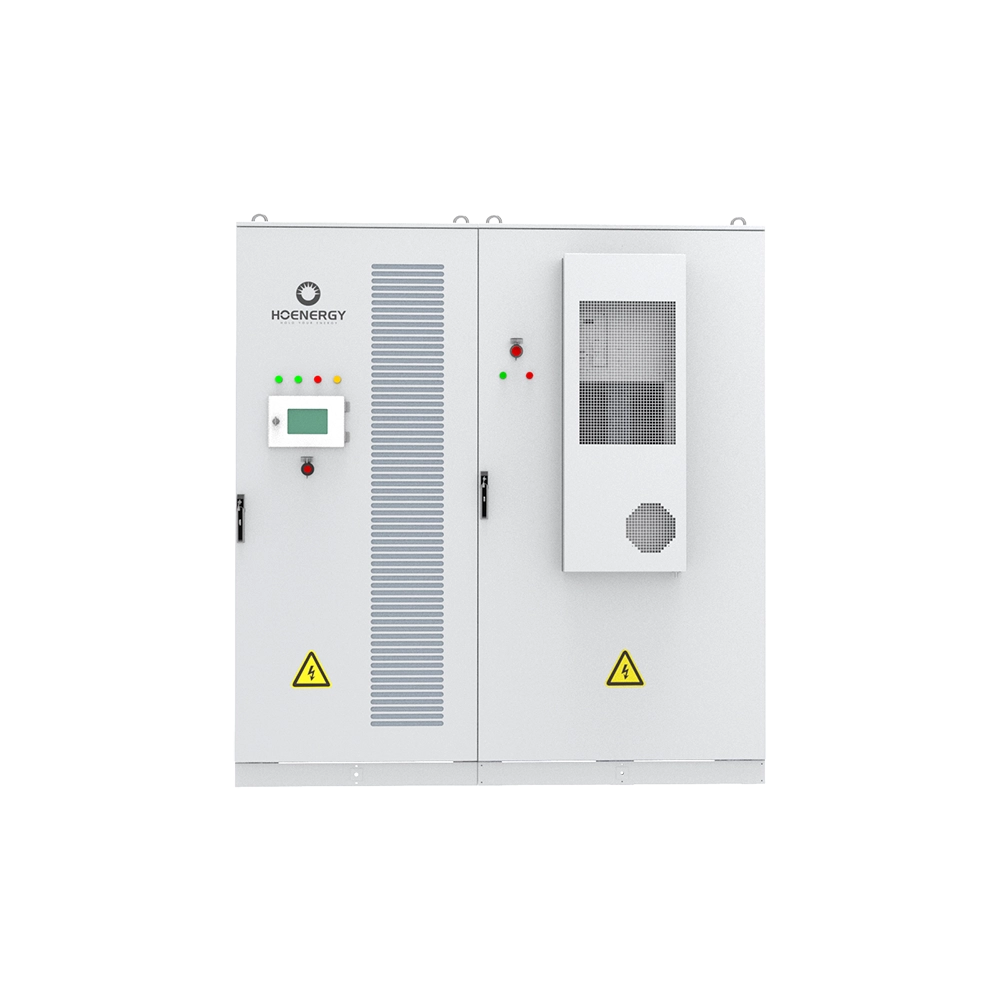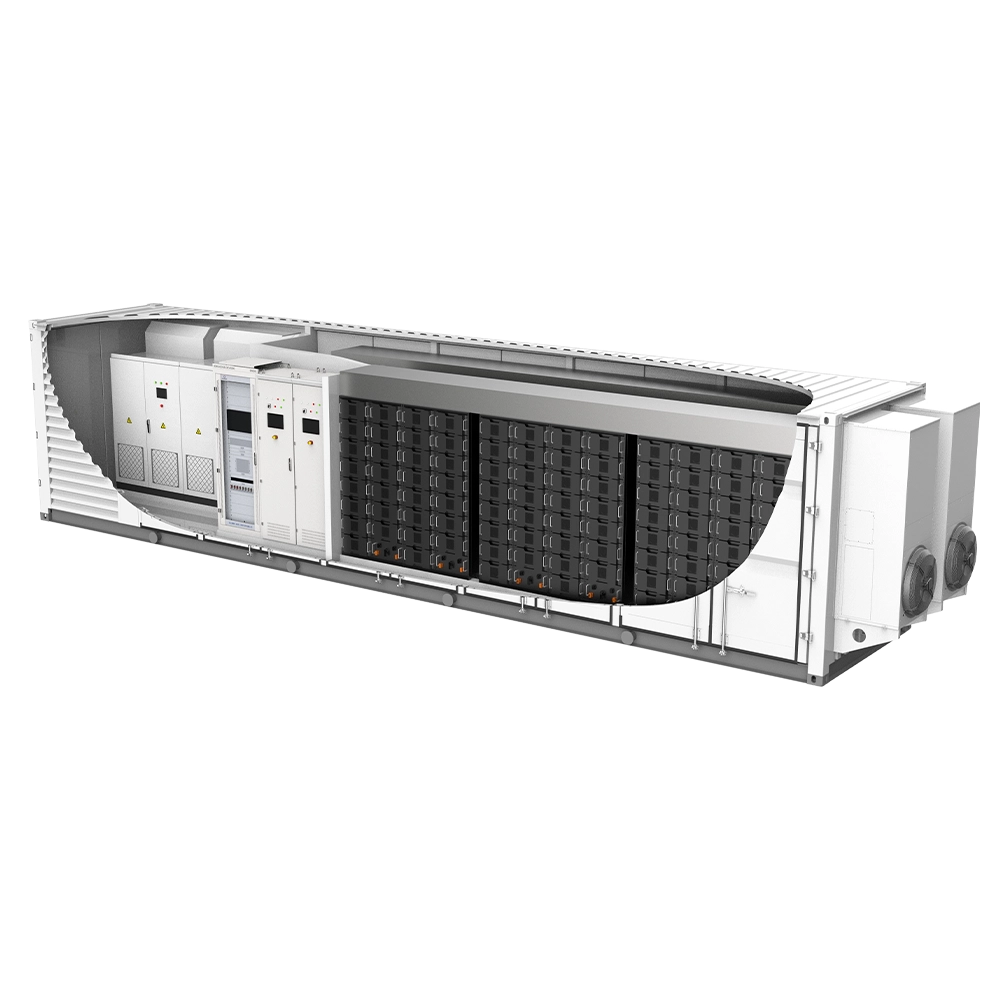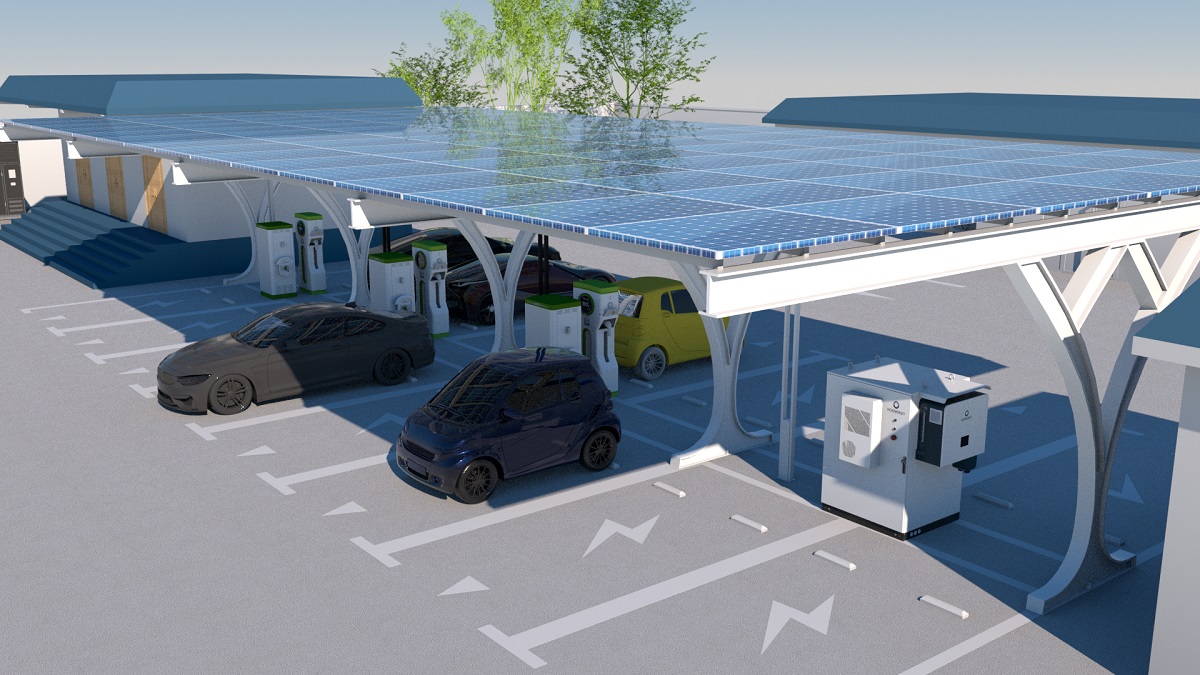introduction
Fundamental technologies for energy conversion and storage, energy storage systems are highly important in the domains of electric vehicles, grid stability, renewable energy use, and power systems. Energy storage systems include several technologies, chemicals, energy sources, and processes. They are dynamic energy systems that need for several performance metrics to be described.

Energy Storage Systems Their Function
Peak shaving and valley filling: The energy storage system of the power system can release energy during peak hours and store energy during off-peak hours.Integrated renewable energy: reduce the irregularity and intermittent nature of solar and wind energy.
Though the needs for energy storage vary depending on the application, an effective energy storage system generally possesses the following traits.The system stores as much energy as possible, as seen by the high volume heat storage density, or energy stored per unit volume. Customers favor high-energy batteries, for instance, because of their higher energy density and longer service life than regular batteries.Good load regulation performance is displayed by it. It is essential to modify the energy released by the energy storage system to suit the needs of the energy user. Performance of the load regulation determines performance of the system.The efficiency of energy storage ought to be considerable. Energy transmission and conversion technologies are inextricably linked to energy storage, thus the energy storage system should be able to absorb and release energy at the fastest possible rate without using undue driving power. In order to sustain a high energy storage efficiency, reduce the leaks, evaporation, friction, and other losses during the energy storage process.The long-term operation is dependable and the system is reasonably priced. The energy storage technology will not be pushed or used if it is not financially viable.
Significance and characteristics of energy storage system
Battery storage involving chemicals lead-acid, lithium-ion, sodium-sulfur, etc.Physical energy storage includes flywheel storage, compressed air storage, pumped storage, and so forth.Hot water and phase change material storage are examples of thermal energy storage.
Energy density,The various energy storage systems have very diverse energy densities, which influences the applications for each.Response times might be anything from seconds to hours; depending on demand, select the best energy storage technology.Cycle life: Reliability and economy of an energy storage system are influenced by the number of cycles it charges and discharges.
Energy conversion machinery devices for converting DC to AC, such inverters and converters.
To guarantee secure operation, a battery management system (BMS) tracks the condition of the batteries.
Energy management systems (EMS) they maximise the energy storage system’s operational plan.
Modulation of grid frequency: fast reaction to variations in grid frequency and preservation of grid stability.
Energy management in distributed energy systems and microgrids is provided.
Electric cars: They facilitate electric mobility since they provide the energy source for electric cars.
Provide a temporary power supply in case of emergency.
Energy storage system economic effectiveness Cost-effectiveness: Energy storage systems are becoming less expensive with time thanks to large-scale manufacturing and technical progress.Return on investment : Profit economically by means of demand reaction, peak-valley price variations, and other factors.
System safety for energy storage
Preventing fires and explosions Particularly for chemical energy storage systems, stringent fire and explosion protection precautions are necessary.Protection against overcharge and overdischarge By use of intelligent management systems, avoid battery deterioration and safety mishaps.Effect of energy storage technologies on the ecology
Cut carbon emissions. Integration of renewable energy will lessen reliance on fossil fuels.Recycling batteries lowers waste of resources and pollution of the environment.

Energy storage for the future
Building a clean, low-carbon, safe, and efficient energy system depends heavily on energy storage systems, a fundamental technology for energy transformation. Energy storage systems will become increasingly important in more sectors and support the modernization and transformation of the global energy structure with the growth of the market and technical progress.














